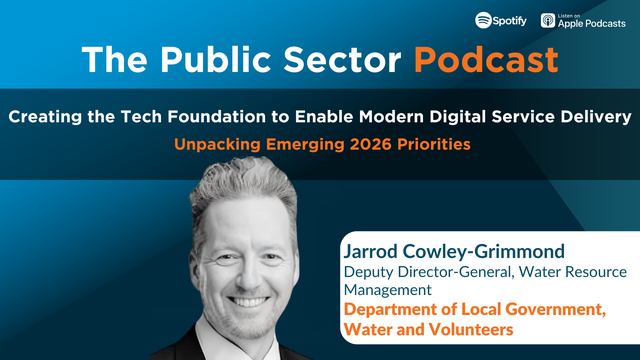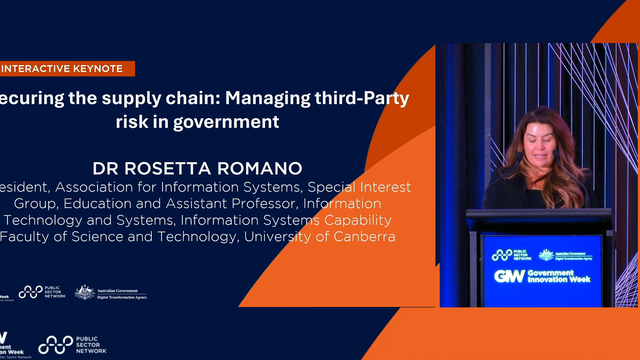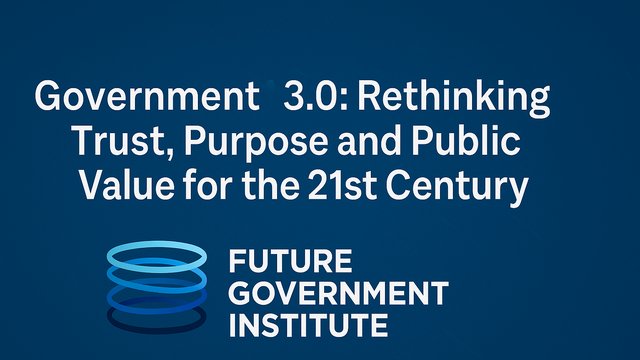
Making Government an Employer of Choice
Public sector leaders and recruiters globally are all wrestling with the same talent management challenges. Pre-pandemic we were already seeing shifts in flexibility demand and work-life priorities, but the mass dynamic shift bought about by COVID-19 and the resulting ‘Great Resignation’ have exacerbated the problem and pushed it to new realms.
For 48% of global public sector professionals the single biggest challenge they face presently is workforce talent attraction and retention. Survey respondents indicated that in a very distant second and third were technology (the digital divide and rate of change) followed by budgets and competing priorities at 15% and 13% respectively (figure 4).
 To understand the talent crisis, we need to look beyond the work itself. After all, the public sector still offers the same value proposition it always has; while salaries are not as competitive, the work comes with a higher level of job security and a strong sense of purpose. The current challenge then can be distilled into three key critical factors:
To understand the talent crisis, we need to look beyond the work itself. After all, the public sector still offers the same value proposition it always has; while salaries are not as competitive, the work comes with a higher level of job security and a strong sense of purpose. The current challenge then can be distilled into three key critical factors:
- Competition from the private sector
- Changes in workforce priorities and;
- A need to bridge the skills gap aggravated by rapid digitisation
The private sector will always be more flexible with their pay policies, offer faster career advancement and greater work flexibility. Advantages like these encourage high performers to leave looking for more lucrative opportunities elsewhere. Instead, to be an employer of choice the public sector should focus on the unique value proposition it offers. By prioritising non-monetary incentives, such as flexible work arrangements, professional development opportunities, and a sense of purpose in public service, government agencies can work to retain and attract talented individuals.
Further talent changes are being seen as the Baby Boomer generation retires and Gen-Z enters the workforce. Gen-Z workers value compensation, but not to the same degree as their older counterparts. Instead the emerging workforce values flexibility, creative freedom, and an employer that promotes well-being and aligns with their social justice beliefs.
Finally, to address the challenges of recruiting and retaining skilled labour, government leaders must prioritise upskilling to bridge the skills gap. This involves investing in training programs, promoting lifelong learning initiatives, and partnering with educational institutions and private sector organisations. By equipping existing employees with new skills, nurturing a continuous learning culture and embedding a capability growth mindset, government can create a skilled workforce that meets the evolving needs of the post-pandemic world.
While there is no one size fits all solution, through collaboration, a new approach and new federal or state-based upskilling and recruitment programmes the public sector can work towards becoming an employer of choice.
Case Study Snapshot – Australian Taxation Office
Establishing a Winning Leadership Culture for Seamless Digital Transformation
Insights from Fawad Abro, Assistant Commissioner, Enterprise Data & Analytics, Australian Taxation Office
The Challenge:
To ensure the best possible outcomes from taxpayer dollars the Australian Taxation Office (ATO) looked to move data to a cloud-based platform.
The challenge however lies in building a shared vision and establishing a common language to enable that transformation. The ATO’s Data and Analytics branch is comprised of hundreds of individuals from diverse backgrounds, such as mainframe experts, data scientists, and application architects. Each group had its own technical language and perspective, making effective communication and collaboration difficult.
The Strategy:
Effective leadership, and the establishment of a strong leadership culture were integral to ensuring the success of the data to cloud transformation.
Key challenges were faced in bringing together a team of 400 people who needed to communicate more effectively. Recognising the importance of shared understanding, the leadership team sought to recognise the value of each member's perspective, and worked to foster open dialogue and build personal connections as the fastest way to achieve success.
“Success relies on a shared vision, an agreed beacon that we are striving to get to. Leadership culture is important to any transformation. You need to take people on a journey... and realise that each of these people speak a different language.”
- Fawad Abro
By taking time to sit down with team members, build an understanding of their backgrounds and perspectives, and engage in discussions about shared vision, collective understanding, and terms of reference, the leadership team was able to galvanise its people to integrate their expertise for the largescale transformation. This approach led to finding collective solutions and a way forward, together.
The Outcome:
By establishing a shared goal, the ATO was able to successfully transition data to the cloud quickly and seamlessly. Besides enabling near real-time storage, processing, consumption, insights, and analytics, the shift allowed for a reassessment of business paradigms, leading to smarter and more efficient practices, processes and technology through each data ingestion pattern.
Interested in learning more?
Sign up for free to Public Sector Network's social learning platform to access the full '2023 Global Government Survey Report'. By analysing global government trends, collected from over 6,000 government professionals across Australia, New Zealand, the United States and Canada, this report identifies common areas of concern and success, promoting knowledge exchange and fostering international collaboration in an effort to help build the thriving, citizen-centric governments of tomorrow.

































